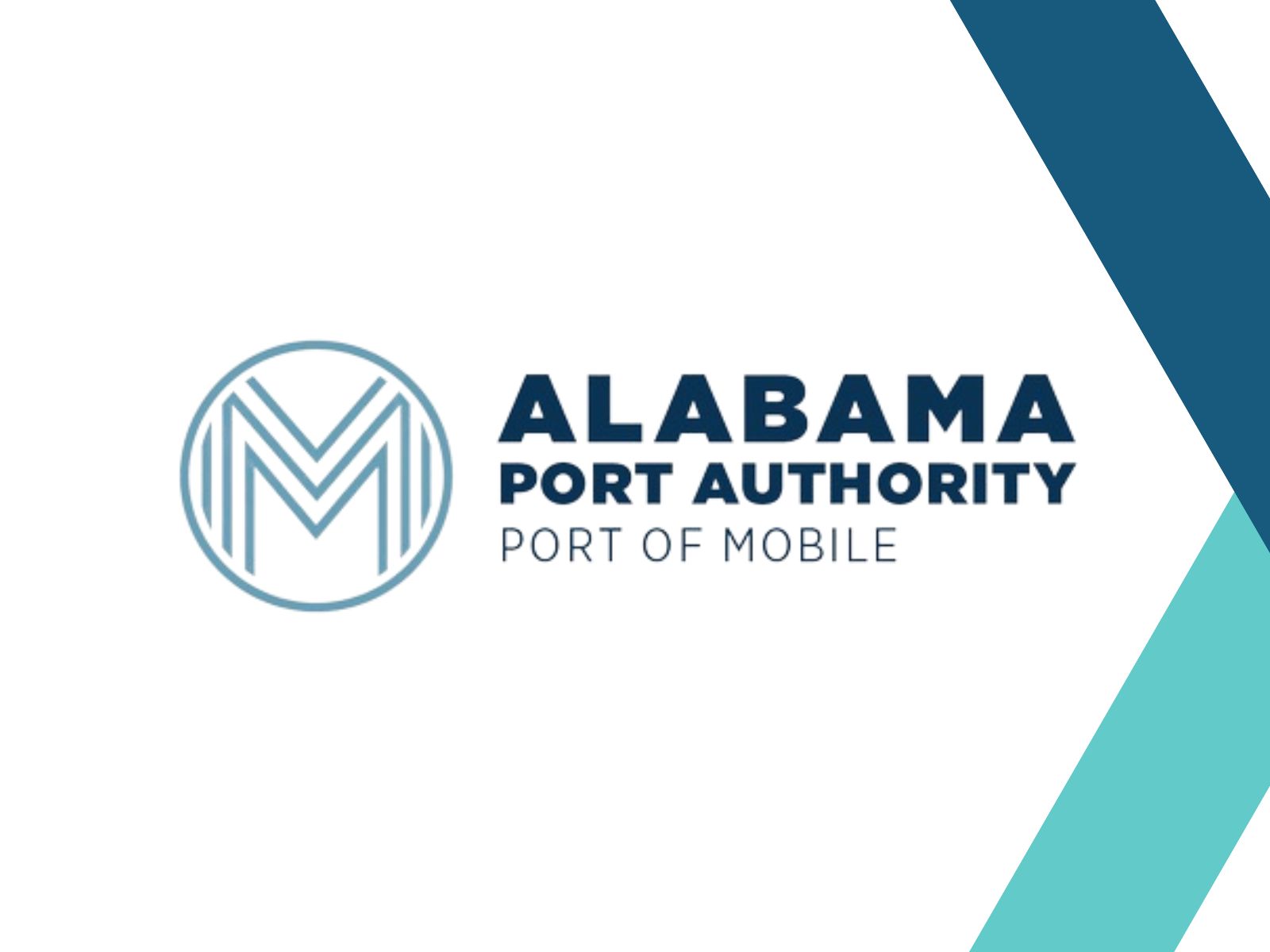Final Phase of Mobile Harbor Project Begins
Multiple sites to benefit from the dredged material
MOBILE, Ala. – The Alabama Port Authority today announced that the final phase of the Mobile Harbor Modernization Project has begun. The six-phase project commenced in May of 2021 and is expected to be completed in the first half of next year.
“Once complete, this project will provide a major advantage to shippers, creating even more opportunity for economic development, not just in Mobile but across our state and region,” said Director & CEO John Driscoll. “Beyond the economic impact, the Port is proud to have committed 100% of usable material from the channel to support environmentally beneficial projects throughout the Mobile Bay area, all of which are great examples of what can be accomplished when we work together.”
The sites benefitting from phase six dredge material are Dauphin Island Causeway, Deer River, and Relic Shell. All three of these environmentally beneficial projects were identified during the research and design phase of the Mobile Harbor Deepening and Widening Project. Also known as the General Reevaluation Report (GRR), this three-and-a-half-year-long process was conducted by the U.S. Army Corps of Engineers from November 2015 to May 2019 and can be found here.
“Dauphin Island benefits not only from the Port’s economic impact but also from the environmentally beneficial use of material from projects like the deepening and widening,” said Mayor Jeff Collier. “With the breakwaters complete and thanks to a partnership between Mobile County, the Port, and the Corps, the shoreline restoration of our causeway — which is the only way on or off Dauphin Island by road — is now ready to take material from phase six of the harbor project. Separately, we plan to continue working with the Corps on beach replenishment efforts using material dredged from regular ship channel maintenance.”
The harbor project will make the Port of Mobile the deepest port in the Gulf of Mexico and bring additional fluidity with a three-mile passing lane for post-panamax vessels. To prepare for the increased demand, APM Terminals recently invested $40M in two new ship-to-shore cranes that arrived last month.
“Vessel operators seek economies of scale through deploying larger ships and prioritize calling ports with the capability of handling these larger ships. After vessels transit the Panama Canal, we expect Mobile to be the first port of call in the Gulf because of our 50-foot depth. This means more cargo will be offloaded in Alabama, and then the vessels will go on to more shallow Gulf ports,” said Chief Commercial Officer Beth Branch. “Beyond the increased depth, cargo owners know that when their container lands in Mobile, it will be moving through one of the most efficient container terminals in the U.S., which has the capacity and fluidity to get cargo to its destination quickly.”
The Port of Mobile is strategically located in the northern Gulf of Mexico. It has access to an international airport and two interstate systems: I-65 running north/south, and I-10 running east/west. The Port’s intermodal container transfer facility provides access to five Class I and four short-line railroads. From Mobile, containers can reach Chicago via rail service in three days.
The Alabama Port Authority serves all 67 counties in the state of Alabama and oversees the deep-water public port facilities at the Port of Mobile. In addition to interstate, air, and rail, the Port Authority’s container, general cargo, and bulk facilities have immediate access to nearly 15,000 miles of inland waterways.

Stay Connected
Fill out and submit the form below to get regular updates from Mobile Chamber delivered directly to your inbox.






